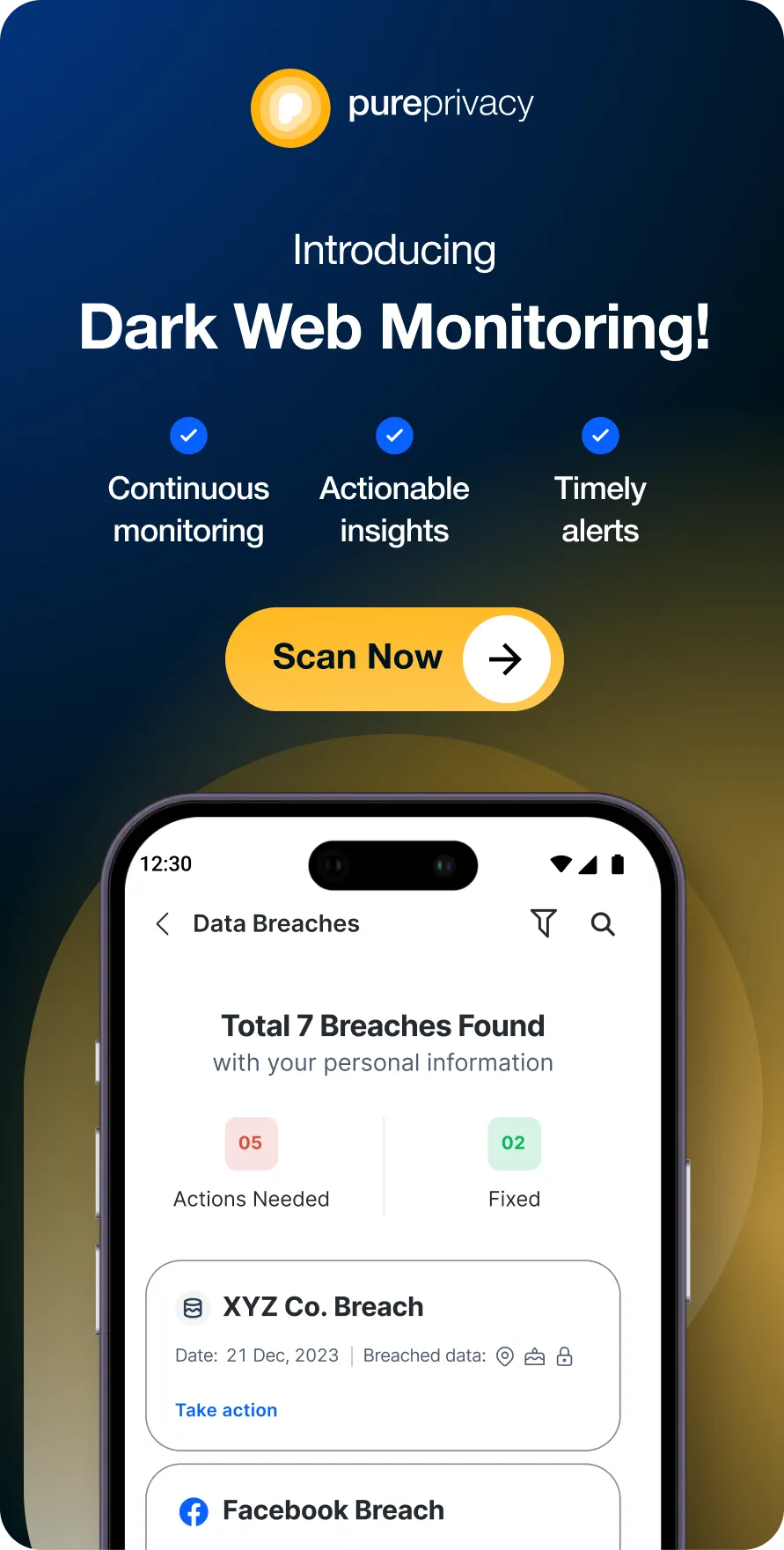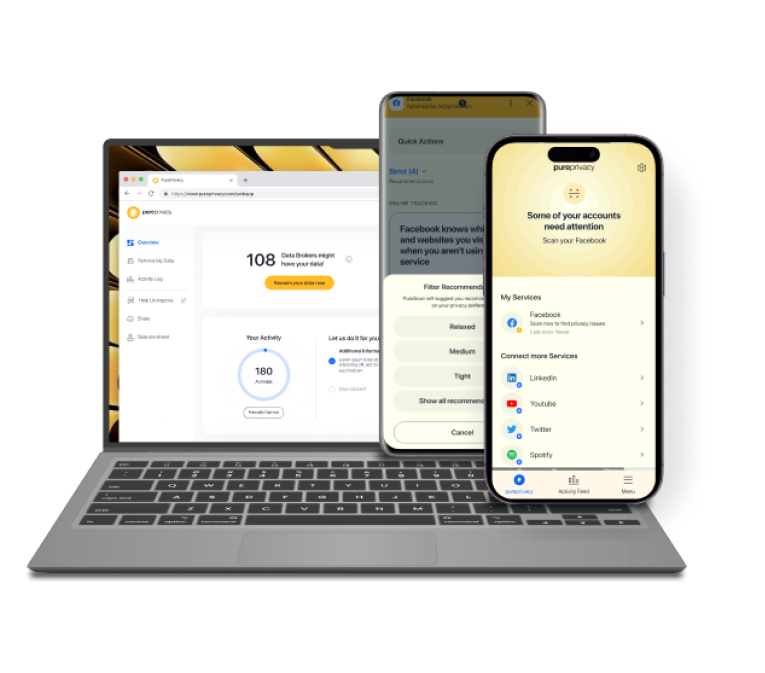Table of Content
Is someone on Instagram creeping you out with a weird profile?
You might be dealing with a fraudulent account. Imposters may be both an annoyance and a threat.
But do not worry!
With a little research, you can discover the truth behind those suspicious profiles.
9 Smart Strategies to Track a Fake Instagram Account
Not everyone makes fake accounts to deceive others. People also create false identities for less malicious purposes, such as testing or privacy, although they rarely spam or fraud other people. Here are different methods for identifying fake Instagram accounts.
- Use Instagram's 'About This Account' Feature
You can leverage Instagram’s ‘About this Account’ feature to spot a fake account by following these steps:
Step 1: Visit the suspected fabricated profile and click the three dots in the top right corner to access profile options.
Step 2: Select 'About this account', and it will tell you the nation the account was created in, how many previous usernames they've had, and when the account was created.

Step 3: If a country does not match what the profile states, the account is very new, or the username has changed frequently in a short time, it may be a fake.
- Inconsistent Content
Compare the page's content to the profile description; they don't always match up.
For example, if the description states that the person is a beauty blogger but there are no photographs of makeup or skincare on the page, it may be a fake account.
Also, if their Instagram posts contain irrelevant hashtags or have little and irrelevant engagement, this may indicate a fraudulent account.
Discover if Your Most Critical Identifiers Have Been Exposed on the Dark Web
Receive timely alerts and actionable insights with PurePrivacy's Dark Web Monitoring.
- Irrelevant Comments
Comments from fraudulent accounts are typically quite evident. They'll frequently attach general admiration, meaningless emoticons, or irrelevant sentiments unrelated to the post's subject.
Bots are most likely responsible for comments that are too repetitious or appear in large numbers across many posts.
- Uneven Follower-to-Following Ratio
Fake accounts frequently follow many people while having very few followers themselves. This could be an attempt to appear popular or to gain more followers using follow-back methods.
An account that follows 5000 individuals but only has 50 Instagram followers is a glaring red flag. Furthermore, if an account appears to have a large number of false followers, it may be fraudulent.

- Incompatible Bio
Fake Instagram accounts frequently contain bios that do not follow the usual patterns of genuine profiles. These contradictions may include:
Replicated Bios
To escape detection, many fake profiles utilize bios that are directly duplicated from legitimate accounts but with slight adjustments like extra characters, numbers, or symbols.
Incomplete or Unclear Information
Some phony accounts include bios that are either extremely brief or loaded with generic comments and spelling errors.
Promotional or Irrelevant Information
Bios that include promotions, links to external websites, or extraneous content unrelated to the account's claimed identity are considered red flags.

- Offensive DMs
Unwanted DMs have been a part of my Instagram experience for a while. Typical scams include generic, impersonal letters, unrealistic offers, and phishing URLs.

- Service Promotions
Common strategies used by fake accounts include messages or postings stating that you may make a lot of money quickly, win expensive prizes, or receive special discounts.

- Generic Images
Using stock or pictures or default images of attractive people can help the account appear more desirable and trustworthy at first glance. However, these photos are frequently generic and readily available online.
- Insane Usernames
Fake accounts frequently employ usernames that are random combinations of letters and numbers, or subtle modifications of legitimate usernames with additional symbols or numbers.
Even though that unique Instagram username you liked has most likely been used by someone else, there are generally clear indications.

While some false accounts may appear innocent, determining their true nature is critical for ensuring your online security. These fake personas can be used for nefarious activities such as phishing schemes, and even identity theft.
Fortunately, with the correct tools, such as tracker blockers and PurePrivacy's comprehensive privacy management solutions, you can not only expose these phony accounts but also gain control of your online presence and reduce the danger of data breaches.
Enhance Your Social Media Privacy
PurePrivacy is a comprehensive solution for managing your digital footprints.
This all-in-one platform allows you to adjust your social media privacy settings, block trackers that monitor your surfing activity, and even remove your personal information from data brokers.
This is how PurePrivacy keeps your data safe from unwanted trackers:
Suggestions to Improve Privacy
By reviewing your current settings and permissions, you can discover areas for improvement. Its suggestions will walk you through specific adjustments you can make to improve your privacy and overall security posture.
Automatically Delete Search History
We offer a fast and effective way to remove your search history, ensuring that your online actions stay private. By securely deleting your search history from multiple social media networks, you may keep confidentiality and improve your overall privacy.
Risk Scoring for Data Broker
We calculate the risk score of your data stored by data brokers after carefully reviewing their privacy policies and filtering out critical information. It provides a complete risk score that analyzes the potential dangers associated with your data.
Frequently Asked Questions (FAQs)
-
What should I do if a fake account bothers me?

Report the account on Instagram! They have tools for detecting and removing fake accounts. You can also block the account to avoid future interactions.
-
How can I determine the true owner of an Instagram account?

To find out who owns the Instagram account you're looking at, go to the people search engine website, input the Instagram username you're looking for, and view the results. They collect information such as age, physical and email addresses, phone numbers, emails, criminal history, and profile images.
-
How do you find out whether an Instagram account is fake?

You may do a reverse Google search on their images; if they appear elsewhere, the account is most certainly fraudulent.
Don’t Fall for Any Fake Instagram Account!
While identifying the owner of a fake Instagram account might be challenging, investigative tactics such as profile analysis, engagement checks, and reverse picture searching can help create a strong case for its inauthenticity.
Reporting the account to Instagram and putting your safety first remain the most effective lines of action.
Remember that protecting yourself from potential scams or harassment is more important than determining the true identity of the fake account.







